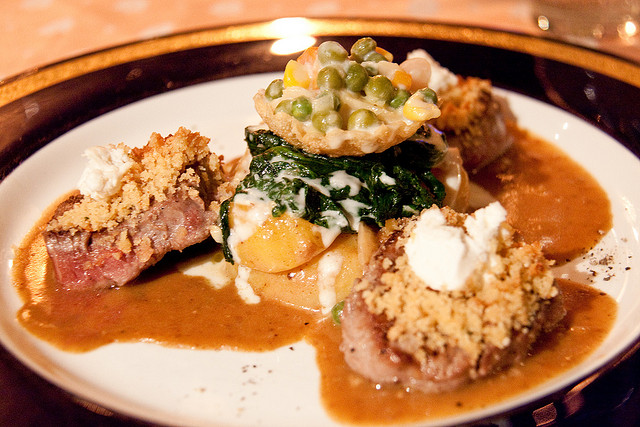The Capital of Vietnam: Hanoi or Ho Chi Minh City?
Capital of Vietnam: Hanoi or Ho Chi Minh City?
The "rivalry" of cities can be found all the time: Moscow - St. Petersburg (Russia), Washington - New York (USA), The Hague - Amsterdam (Netherlands), Rabat - Casablanca (Morocco).
There are also competing cities in Vietnam. Moreover, they compete on equal terms in many respects, which is why a similar question arises so often - “The capital of Vietnam: Hanoi or Ho Chi Minh City?”.
The north of Vietnam has preserved the “national spirit” the most
The indisputable status of the capital of the Socialist Republic of Vietnam since 1976 has been the city of Hanoi. Until that time, it was also the main city of such sunken states as the Democratic Republic of Vietnam (North Vietnam) from 1954 to 1976, and even earlier - French Indochina (1902-1953). Now Hanoi Vietnam is the second largest city in the country, after Ho Chi Minh City. It is located in the northern part of the state, where the “national spirit” has been preserved to a greater extent than in the south. Few of the locals even know English, but here you can find Russian-speaking mature Vietnamese who once studied in the USSR.
 Chaos and turmoil are happening daily on the streets of Hanoi
Chaos and turmoil are happening daily on the streets of Hanoi In a unique way, it combined and closely intertwined the old and new capital of Vietnam. The center was flooded with glass skyscrapers and office centers, and if you step aside a little, you will find yourself in a block with so dilapidated local houses that it seems they are about to collapse. This is how the blotches of capitalism look in a socialist country.
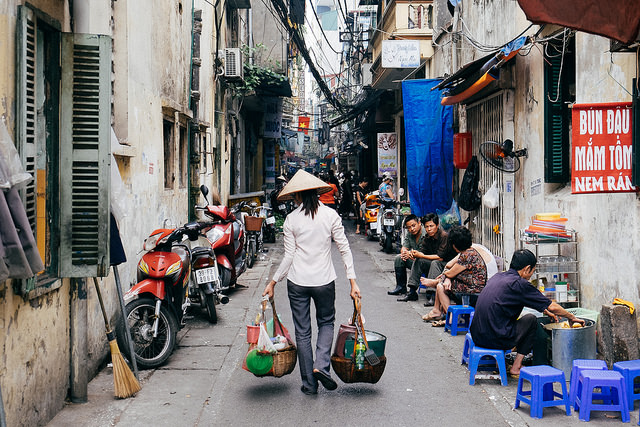
In Hanoi, traffic is crazy and there are essentially no traffic rules. Maybe they are, but the drivers are not respected. There are no sidewalks in our classical sense either. More precisely, they still exist, but they are crowded with parked bikes, mopeds, motorcycles, bicycles or busy "eatery cafes". In general, a pedestrian in Hanoi will have a very, very hard time. And in general, a European person, whose eye has not yet been tempted by all the "beauties" of densely populated Asian cities, will feel uncomfortable here and may be uncomfortable.
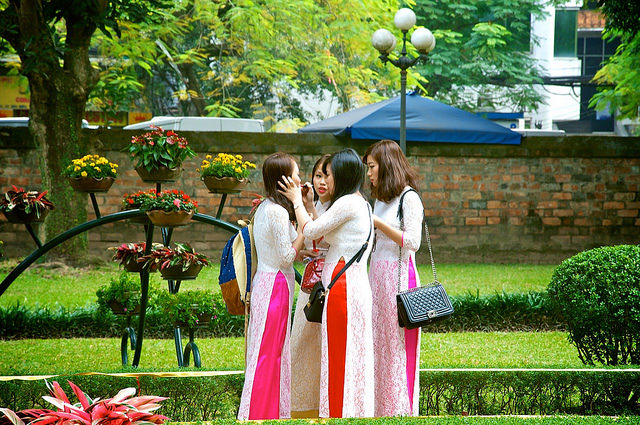
Ho Chi Minh City Vietnam is a completely different matter. And he was lucky to be the capital for some time: until 1901 he was the capital of Indochina, and in 1955-1975. - Southern China. Ho Chi Minh is the military glory and pride of the Vietnamese people. Many museums, traces and symbols of that terrible war are concentrated here. Of these, the most famous are the Cuchi Tunnels, the War Museum, and the Reunification Palace.
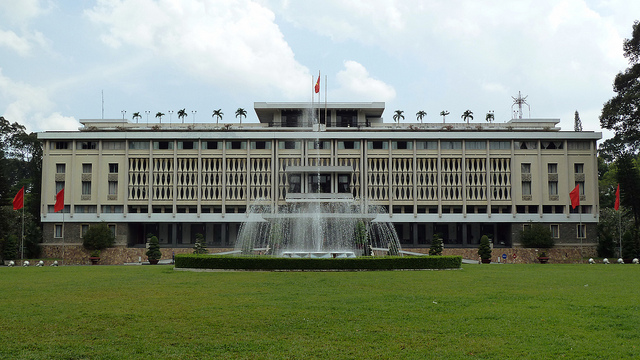
Today it is a large eight-million metropolis with an ocean of opportunities. You will no longer meet such a city of Vietnam as this one, both within the country and beyond them. No wonder Ho Chi Minh City is called the “diamond of Southeast Asia”. But the residents themselves do not welcome the current name of their city. They like the old option - Saigon Vietnam. They all also call themselves "Saigonians" and only use the modern name in official documents.
 The tank at the Reunification Palace is a symbol of the victory of North Vietnam
The tank at the Reunification Palace is a symbol of the victory of North Vietnam The French influence affected the lifestyle, orders and foundations here. Well-groomed sidewalks (unlike Hanoi, parks, squares and even Catholic cathedrals - much here resembles Europe. Local cuisine is a harmonious symbiosis of Vietnamese and French culinary traditions. The city has a huge selection of restaurants of Asian and European cuisine. A modern person, accustomed to all the benefits of civilization, will feel at home in Ho Chi Minh City.
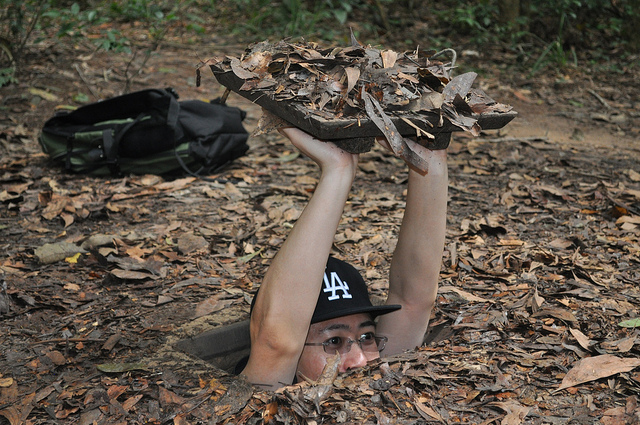
Your trip to Vietnam may begin with an arrival in Hanoi or Ho Chi Minh City. To get acquainted with the sights of the city, two days will be enough for you, and then it would be best to go to the seashore, because despite all the advantages of Hanoi and Ho Chi Minh City, they do not have access to the sea.
